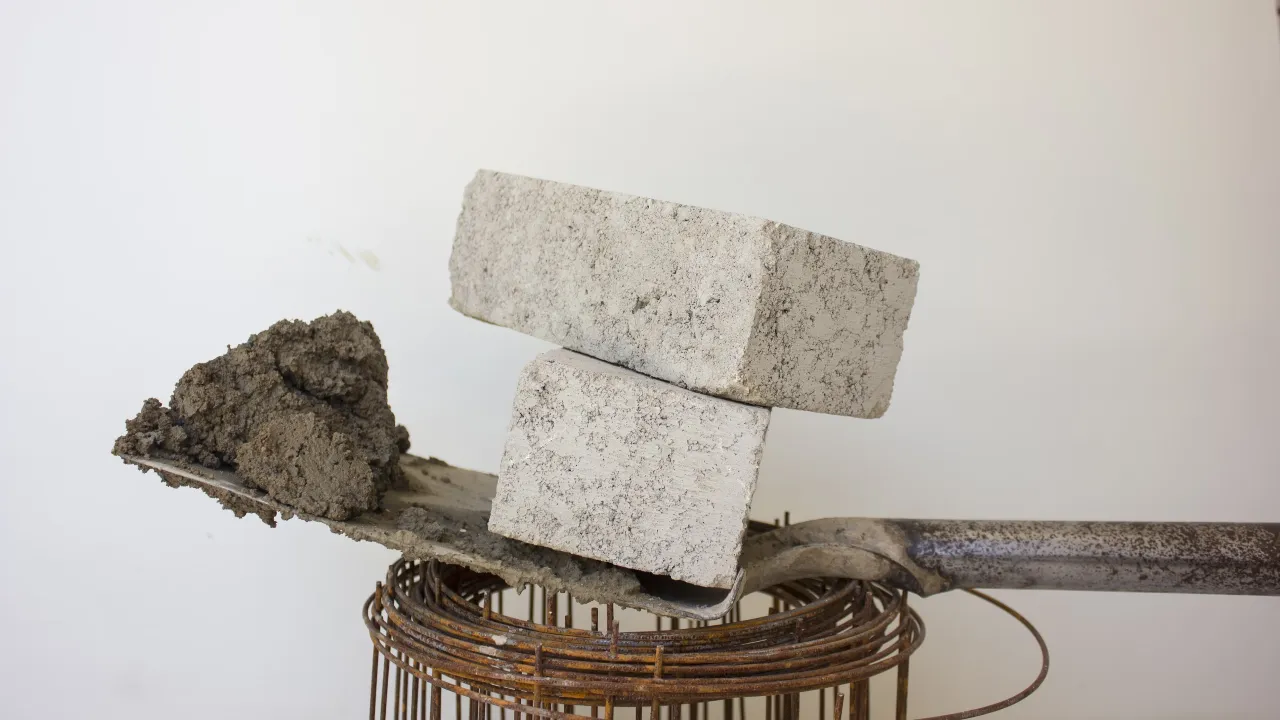Scientists in China have made an exciting breakthrough that could change how we make cement. The research team, led by Zhenggang Liu and Rui Lu from the Dalian Institute of Chemical Physics, has created a new method that cuts pollution from cement making by about 80 percent. According to InterestingEngineering, this discovery uses steel waste and natural gas to make cement in a much cleaner way.
The Big Problem with Making Cement
You might not think about cement often, but it causes serious pollution. Cement production creates about 8 percent of all the world’s carbon dioxide – the gas that causes climate change. In 2023 alone, cement making released 1.56 billion metric tons of carbon dioxide globally. The problem has gotten worse, with emissions more than doubling since 2000.
The traditional way of making cement requires extremely high temperatures to break down limestone (calcium carbonate), which releases a lot of carbon dioxide. This is why finding a cleaner method is so important for our planet.
How the New Method Works
The Chinese scientists found a clever solution using waste from the steel industry. They created a special mixture of iron, aluminum, and zinc that works as a catalyst – something that helps chemical reactions happen without getting used up itself.
This catalyst allows them to use methane (the main part of natural gas) to break down the limestone in a different way. Instead of just releasing carbon dioxide, the process creates useful gases called syngas – a mixture of hydrogen, methane, carbon monoxide and carbon dioxide that industries can use for other purposes.
Using Waste to Solve a Problem
What makes this approach special is that it uses waste materials from steel factories as the main catalyst. The iron from steel waste helps the chemical reaction between methane and calcium carbonate. This creates calcium oxide (the main ingredient in cement) while producing much less pollution.
The catalytic materials don’t go to waste either – they can be directly mixed into the final cement product. This means factories wouldn’t need to separate them out, making the process simpler.
Why This Matters for Our Planet
If cement factories around the world adopted this method, it could dramatically reduce one of the biggest sources of carbon pollution. China makes about half of the world’s cement, so changes there would have especially big impacts.
Studies show that China’s cement emissions could drop by 75.1 percent by 2060 with new technologies and waste processing. This new catalytic method could help reach that goal faster.
The Extra Benefits
Beyond cutting pollution, this new process offers other valuable advantages:
- It produces useful syngas that can be sold or used as fuel
- It can work with existing cement plants without complete rebuilding
- It uses waste materials that would otherwise be discarded
The syngas production is especially important because it creates a second valuable product from what was previously just a polluting process.
Looking Ahead
While this technology is still being developed, it shows how creative thinking can help solve big environmental problems. The cement industry has already reduced its emissions intensity by about 20 percent since 1990, but much bigger changes are needed.
As countries worldwide look for ways to fight climate change, innovations like this could help transform industries that have been difficult to clean up. The question now is how quickly this method can move from the laboratory to cement factories around the world.











